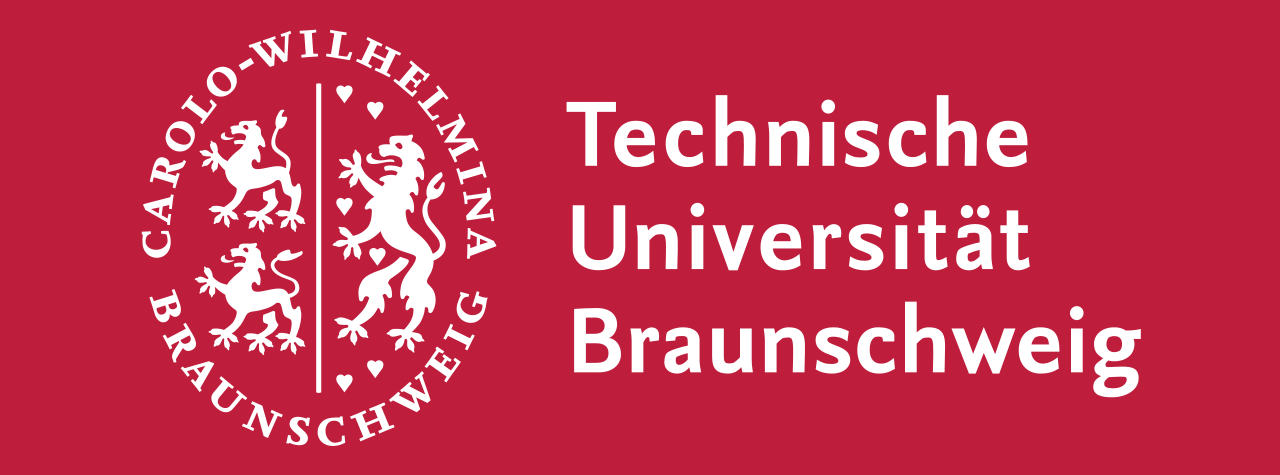Research Summary Report of B04
Process Control and Adaptive Path Planning for Additive Manufacturing Processes Based on Industrial Robots with an Extended Degree of Freedom
[06.02.2025]
Prof. Dr.-Ing. Annika Raatz Project Leader, raatz@match.uni-hannover.de
M. Sc. Lukas Lachmayer Researcher, lachmayer@match.uni-hannover.de
M. Sc. Hauke Heeren Researcher, heeren@match.uni-hannover.de
Leibniz Universität Hannover (LUH), Institute of Assembly Technology and Robotics
The research of project B04 is dedicated to extending the current state-of-the-art path planning and process control algorithms for concrete-based additive manufacturing. The objective is to enable reproducible production of multi-material components utilizing mobile robot systems in motion, known as Print-While-Drive. Achieving this requires precise localization, considering system dynamics, such as acceleration and jerk limitations, as well as accounting for varying material properties and building installation during the trajectory generation, and also when printing with mobile robot-based systems.
Summary
The current focus is on extending trajectory planning for autonomous mobile robot systems (AMRs). The first step requires transforming available path planning into trajectory planners by considering the dynamic limitations of the print platform.
While initial approaches were derived based on offset curve generation and path smoothing, more versatile methodologies utilize kino-dynamics. Starting from an initial position, this type of algorithm first generates all reachable points for the mobile platform. This approach inherently accounts for the platform’s dynamic constraints. Using multi-criteria evaluation and optimization, a single position is then selected from all generated options, ensuring that all additional constraints, such as proximity to the printing path, minimal acceleration, or high manipulability, are optimally satisfied.
In addition to purely planning trajectories, subproject B04 is currently focusing on hardware and software upgrades for the MIR 600 platforms and the mounted UR10 arms used in practical experiments. A significant challenge for the algorithms implemented on the robots is ensuring the accurate execution of the initially planned trajectories while maintaining the required precision. Beyond localization and control, the current research places particular emphasis on compensating for ground unevenness and platform positioning errors.
Current state of research
Figure 2 illustrates a section of the currently utilized kino-dynamic approach for the path planning of mobile platforms. On the far left, the current position of the platform is shown, while to the right, the potential solution space of all reachable positions is depicted, considering the platform’s dynamic capabilities. Within the scope of path planning, factors such as the distance to the structure, the next printing point, and similar criteria are used to evaluate all possible positions, ultimately selecting the optimal one to enable a consistent Print-While-Driving process. The generated trajectories are currently being tested within a Rhino 6 / Grasshopper simulation environment depicted in Fig. 1 and an additional ROS 1 simulation.








